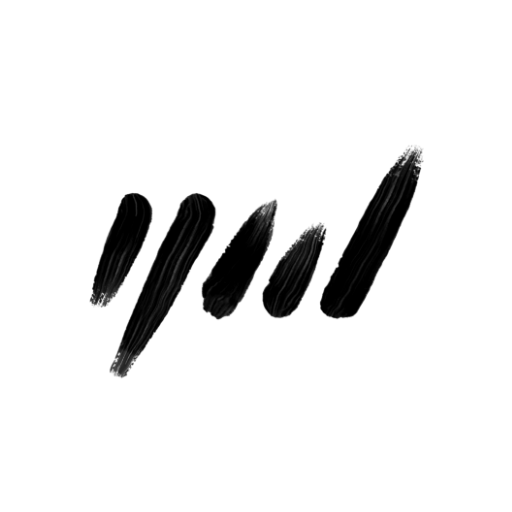Japan’s largest exhibition space (14,000msquare), The National Art Center, Tokyo or Kokuritsu Shinbijyutsukan (国立新美術館) is a beautiful piece of art itself.
The glass exterior elegantly curves like waves. Once you enter, the three storey high open space entrance is a refreshing expansiveness adjacent to a concrete jungle of Roppongi.

Although it is called and ‘Art museum” or bijyutsukan (美術館) in Japanese, interestingly it doesn’t hold any collection. Instead, it an art exhibition space with a cafe, restaurant, gift shop and an art library.

When I visited in mid-March 2019, three paid exhibitions (overseas collections) and three free exhibitions were on display.
The ground floor exhibition was by

The second exhibition I had a look was a Japanese calligraphy exhibition. This also appeared to be an exhibition by a specific stream of art association and this was
I can’t read many of the characters but I am amazed at the individuality of the each work, the expressiveness and boldness of many of the artworks.

The third exhibition I visited was Japanese black ink or suiboku-ga (水墨画) exhibition. This felt close to home to me since I took a number of black ink painting classes when I was in primary school.
By simply mixing black ink and water (you make dark, medium and light batch) a rich monochromatic world can be created on paper by the right person holding the paintbrush.
Surprisingly, some artworks were quite modern subject like a jazz musician or even expressionism style suiboku-ka.
The artworks that attracted my attention had incredible detail where individual maple leaves were meticulously painted on full autumnal forest.
Seeing such talent, how could I think of adding colour to my work?

I always enjoy visiting any gallery’s gift shop and this was no exception. No photos are allowed at the shop so I couldn’t take any photos but unique Japanese brand books, postcards, jewelleries were available. My favourite item was a practical book on how to sketch during travel. It’s something I love to do and found it super useful, especially an answer to my constant worry! Pigma pen is waterproof so you can sketch then paint over without any smudge. On my shopping list pronto.
Each exhibition space is spacious with plenty of space for individual artwork to hold its own environment. With a plenty of resting area to reflect on the artworks and on the building itself, it is a restful creative space to immerse yourself in the Japanese art culture.

Cost: Free admissions (except for paid special exhibition/s)
Opening hour: 10:00 – 18:00
Wifi: Free and strong on the
Closed on Tuesday (Dec 25 – first week of January)
Address: 106-8558 Roppongi, Tokyo 7-22-2
Closest public transport: Nogizaka or Roppongi metro station
Website: nact.jp


